Ankle Mobility
What Happens if I Have Poor Ankle Mobility?
Joint mobility and stability impairments in the ankles are common in active individuals. They are also more likely to occur in individuals who have suffered from ankle sprains and other effects of forces that have damaged connective tissue such as sprains and overuse injuries. Due to the severity of the damaged tissues having a physical therapist assess your ankle for any joint limitations is imperative for your overall wellness.
Some literature on individuals with a history of ankle sprains and chronic ankle instability have shown impairments with balance, changes in walking and running and difficulties with plyometric activity.
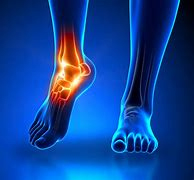
Risk factors for ankle instability:
- Age, gender, height, weight, body mass index (BMI)
- Previous injury, aerobic fitness, limb dominance
- Flexibility, limb girth, muscle strength
- Proprioception, reaction time
- Postural stability
- Anatomical alignment, foot morphology
- Inadequate rehabilitation
- Specific sports or high-risk activity
What Problems Can Poor Ankle Mobility Cause?
The extrinsic and intrinsic muscles work together in a coordinated synergy to generate ankle joint mobility and stability. The extrinsic muscles of the ankle-foot complex play an important role in joint mobility and stability. Mechanical disruption of the ankle-foot complex that results in a stiff joint, hyperflexibility, or trauma following lateral ankle sprain.
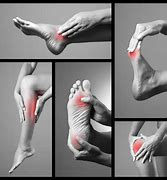
To help conceptualize this information we look into three categories of ankle instability as functional and/or mechanical. Functional instability is where we note any sensorimotor deficits that include balance problems, difficulty with joint position sense, problems with nerve conduction, weakness, decreased reaction time of stabilizing muscles, and impaired range of motion. Mechanical instability includes pathologic laxity, joint restrictions, degenerative changes, joint changes.
If not properly managed, many in this population can experience recurrent ankle instability, falls, osteochondral lesions, and osteoarthritis. Prolonged instability and pain may eventually lead to the need for surgical procedures, making physical therapy no longer an option. We do not want you to get to the point of surgery when we can treat and help now.
What Can I Do To Start Helping My Ankle Mobility?
Here at Symmetry Physical Therapy our team can assess and treat joint mobility and stability impairment in the multiple segments of the ankle-foot complex. Our clinicians are skilled in treatment and rehab of lateral ankle sprain or chronic ankle instability. It is equally important that our clinicians consider factors that may influence functional outcomes when caring for these individuals based on their level of activity.
Identifying which area of your ankle is tightest will assist your therapist in starting your mobility program that is specific to your instability.
What Can Physical Therapy Do for My Ankle Instability?
At Symmetry Physical Therapy Miami Downtown/Brickel our Doctors of Physical Therapy are trained in various modalities of care. Once your ankle has been evaluated and instability is observed your therapist will put you through a series of activities that will increase your mobility. Hands-on therapy is a must and joint mobilizations are imperative for your recovery. Joint mobilizations and manipulations will increase any “stuck” or poorly moving joints in the ankle.
Dry Needling:
Dry Needling is a technique that involves inserting thin needles into specific trigger points or tight bands of muscle to relieve pain and improve muscle function. Studies have shown combining electrical dry needling, manual therapy, and exercise has shown promise in treating patients with ankle instability. Our physical therapists are trained in dry needling treatments that assist in treatment of chronic ankle pain conditions. The pain in ankle instability is generated not from the injury itself but also inflammation, or other damage at the site of symptoms but is instead produced by the output of the neuromatrix, a widely distributed neural network in the brain.
Winback Tecar:
WinBack Tecar Therapy uses radiofrequency current to increase the body’s natural healing process and decrease recovery time. Here’s how Winback TeCar therapy can help with ankle instability: Increased blood flow: To improve blood circulation to the affected area. Increased blood flow will help deliver oxygen and nutrients to the affected tissues while removing waste products and facilitating the healing process. Pain reduction: Tecar therapy may help alleviate pain associated with ankle instability. The heat generated by the treatment can enhance blood flow, improve muscle relaxation around the knee, and help to realign abnormal collagen fibers and scar tissue. Reduction of inflammation: TeCar therapy may help to reduce inflammation and promote lymphatic drainage.
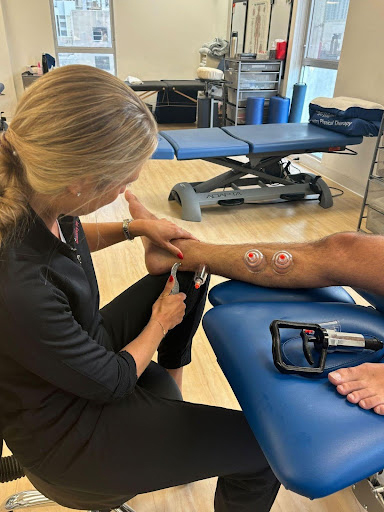
Joint Mobilization:
Orthopedic manual therapy is defined as “any hands-on therapy given by the physical therapist. Interventions may include: Manually moving joints in directions to restore movement and decrease pain. In cases of loss of motion to the ankle causing ankle instability, these techniques help restore normal ankle joint movement. Also, stretching and passive range of motion (ROM) exercise to restore muscle flexibility. Instrument-assisted soft tissue mobilization is recommended in those who have chronic ankle instability display restrictions in anterior-posterior glide of the talus on the tibia. This causes a limitation of dorsiflexion on the talocrural joint. This can further restrict the glide of the talus causing a fibular displacement, thus contributing to knee pain. These joint restrictions can cause further tightness in the joints at the subtalar, midtarsal, and tarsometatarsal joints.
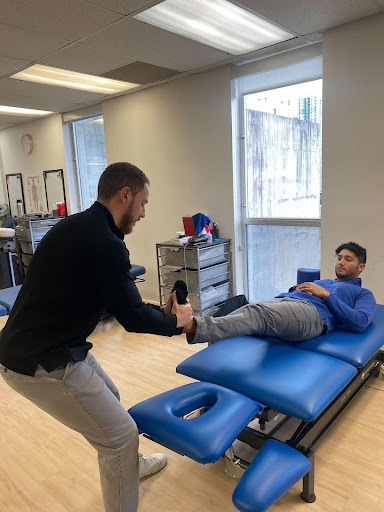
Balance and Proprioception Training:
Many people who have ankle instability reported a feeling of the ankle “ giving away”. This is due to repetitive bouts of instability that results in multiple ankle sprains. Studies suggest that a 4-week progressive balance training program will assist in improving the sensorimotor system.
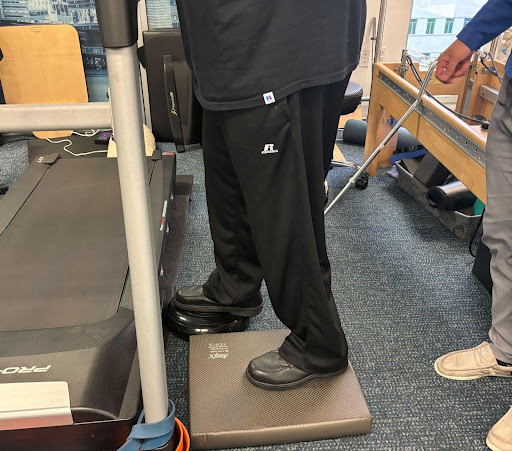
When Can I Start Improving My Ankle Mobility?
Now! If you are experiencing pain and are looking to get your personalized ankle mobility program from our Doctors of physical therapy we invite you to come see us at Symmetry Physical Therapy, located in the Miami/Brickell downtown area. The Symmetry PT team will give you an expert and in-depth assessment and treatment strategies so that you can return to a pain-free active lifestyle.
Feel free to give us a call at (305) 331 2277 to schedule an appointment.
Book a session with us in the clinic or virtually!
